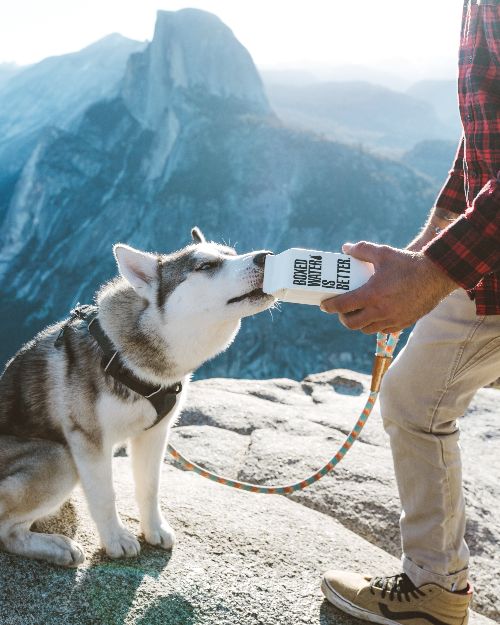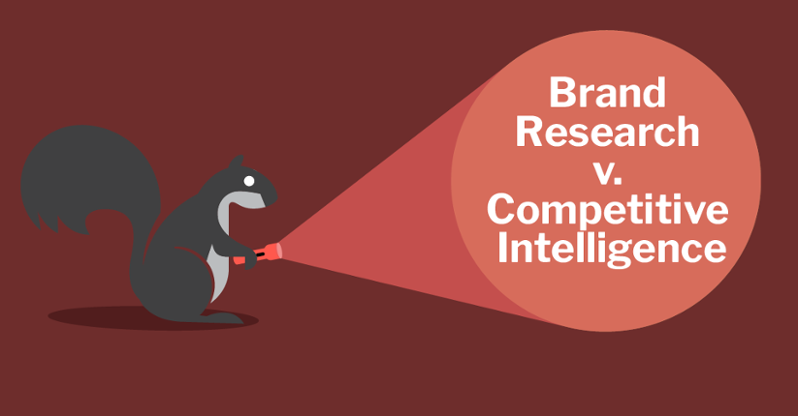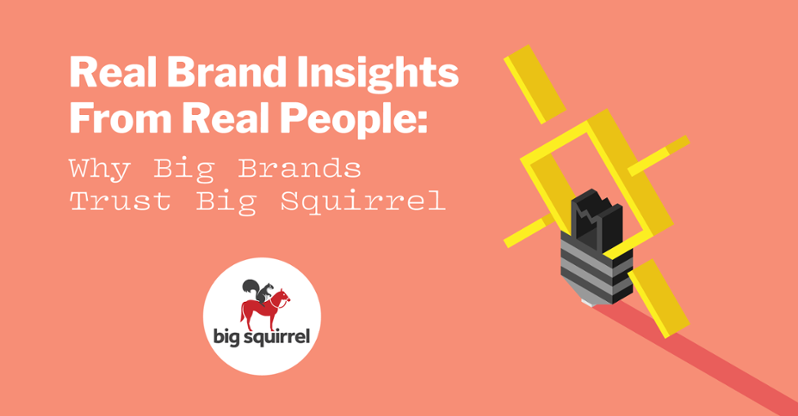
Innovation Matters: Five Kernels of Wisdom for Teams to Work Faster & Better

Study People. Examine Brands. Explore Culture.
Disruption is something we can count on, but are we able to innovate fast enough to keep up – or fast enough to future-proof against the inevitable disruption? The trick is in the teamwork, and building a team where nimble, creative functionality can thrive. Here are five things you can do to bolster your big ideas and ensure continual creativity in your organization:

Look at the Big Picture
If your innovation team is just playing defense and responding to disruption in the marketplace, you are operating in a reactive environment and lacking the space need for creative thought. By being proactive and providing the space for innovation, not only can you future-proof your brand or product – you could even surprise the marketplace by being the one to set the standard for what’s trending and what to anticipate. When innovation is given the space to transform, you can go beyond mere incremental response and move into a space of complete disruption.

Hire Innovators
What kind of people have the ability to zoom out, look at the big picture and apply creativity for trend- setting innovation? Passionate people with diverse viewpoints! When your team is comprised of individuals with a wide range of experience and multiple points of view – who are all deeply engaged with your company offerings – you create an environment ripe for innovation to flourish. Allow these passion-powered people to play a role in setting the pulse for your company. Give space to make this creativity part of the company culture. Make participation in constant innovation the norm, so you can keep a finger on the pulse – both current and future – of your key audiences and targets.

Create Innovation Structures
Structured innovation sounds counter-intuitive, but structure can help us measure against our goals. Having an innovation structure in place can also give teams the time and space they need to innovate and the information they need to change course if progress is lagging. One effective way to structure team innovation is through agile “work sprints”. Teams identify a problem to solve, break it down and assign responsibilities. They then set a very limited time frame to accomplish a specific goal. The team members then gather to present their solutions and share ideas. All stakeholders evaluate progress, suggest refinements and develop the next goal. Using a structured approach to innovation can drive creativity, ownership and boost innovation success rates.

Look at Leadership
Effective innovation leadership has the ability to unite multiple teams across diverse company departments. They create alignment in company vision, goals and responses to disruption across various groups – investment to R&D to marketing – so workflows can be streamlined and visions are paralleled. Hire and promote great innovation leaders that allow space for creativity — including mistakes, as this is sometimes the genesis of the most forward-thinking ideas.

Look at Individuals
Individuals need space to flourish, and they also need incentive and support to continue innovating. Because creativity can make people vulnerable, you must make your team members feel protected and supported. One great way to achieve this is with a “no idea is a bad idea” mindset. Structuring formal incentive programs also never hurts to motivate individuals. These incentives could be anything from new, exciting spaces to work, internal company awards, trips, etc. Any recognition for innovative thinking will be a good motivator to keep the ideas coming.
Check out our Field Guide to Innovative Thinkingto help your team crack the nut!

Case Study: Ice Cream Meets Art
How does one craft ice cream company stand out?
Download the case study to find out how we worked with a brand to relaunch and encourage consumers to #cravetheunexpected!


















